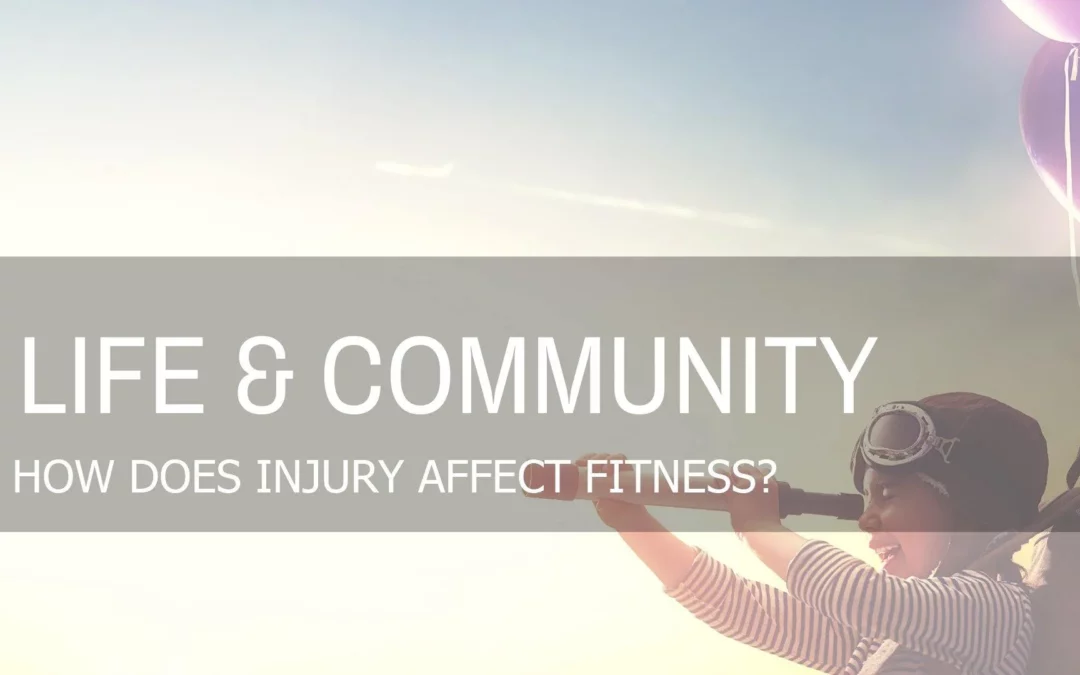Whether you’re a runner, a cyclist or a regular weight-lifter, injury is part and parcel of any fitness journey. The question is, when you’re unable to exercise, how quickly do you lose your gains?
Decreases in VO2 max
Your VO2 max is the amount of oxygen you can take in while exercising. Men with a VO2 max in excess of 50 and women with a VO2 max in excess of 40 are extremely fit, but these levels will begin to drop after two weeks of no exercise.
In fact, go four weeks without cycling and you’re looking at a 20% reduction in your VO2 max endurance.
Go a year, and your fitness will return to the levels they were before you’d ever jumped on the bike or booted up the treadmill.
Weight lifting
Much like your aerobic fitness, you’ll notice decreases in muscle max within two weeks of quitting the gym. Alongside this, your ability to lift heavy weights will begin to markedly decrease after a month. This is because you are no longer breaking and repairing your muscles. Thanks to a minimized workload, your body will go into a resting state, and significant changes will no longer occur.
The important thing to note is that the fitter and stronger you are, the longer it’ll take to lose your gains. Weight-lifters who have been active for years might retain a portion of their strength even if they go a full 12 months without the gym. (They won’t be in the same shape, of course, but it won’t take a huge amount of time to get those gains back.) By contrast, someone who has been training for seven weeks will lose all their gains in two months or less.
Measuring fitness
Want to determine your fitness levels? A great indicator is your resting heart rate (RHR). Normal adults who steer clear of the road or the bike will have a RHR in the 70s, 80s or 90s. Runners and cyclists who train for a year or more will see their RHR drop markedly – below 50 in many cases.
What’s happening? Essentially your heart – a muscle in its own right – becomes stronger and more effective at pumping blood throughout your body if you’re active. A single heartbeat can do more work than two heartbeats, and your RHR drops in the process. People who are unfit have a weaker, less well conditioned heart, and the heart needs to work harder as a result.
So, what can you do?
First things first: exercising with an injury can do more harm than good, so always consult with a professional and determine the time you should spend on the sidelines. Exacerbating injuries – especially of the knees and ankles – can cause long-term damage.
However, that’s not to say you can’t exercise at all. For injuries of the legs/knee, consult a professional to work out whether you can get away with running shorter distances interspersed with longer breaks. Say, 5 minutes on the treadmill followed by a 3-minute break. Then 5 minutes again – followed by another break. Alternatively, settle for the bike instead of the treadmill. If you’ve got an injury to the upper body, work your legs while you rest the affected area – and so on and so forth.
Reducing your fitness workload but worried about putting on weight? Take care of your diet and watch your sugar intake. Sugars found in sweets, soft drinks, cereals, pasta sauces and breads are the number one contributor to fat around your waistline and face.
In the end, if you can’t hit the gym, you’ll be wise to pare back the amount of food you eat – taking in the same number of calories will leave your body with excess amounts of energy, and this will be stored as fat.
But as we stressed above, the most important thing is to let your body heal, lest you risk long-term damage.



